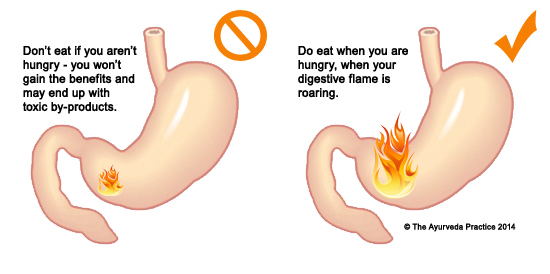Ayurveda is the science which literally means ‘the science of life’. It is also known as Indian system of medicine. Ayurveda is an ancient medical system, which treats what is advantageous and what is harmful for the body and stresses on happy and unhappy states of life. In other words, Ayurvedic system of medicine gives importance to the involvement of the patient’s well being.

Ayurveda was derived from Artharva Veda and Vedic era is considered to be the time, when Ayurveda flourished as a science. It is estimated that around 1000 B.C., two principle texts of Ayurveda, Charaka Samhita and Sushruta Samhita were written. Ayurveda is based on peculiar fundamental principles like Tridosha (three humours vata, pitta and kapha) theory, and Panch-mahabhuta (five elements ether, air, fire, water and earth) theory. Imbalance of the three humours is considered to be the root cause of the disease.
Diagnosis of a disease is based on pulse examination. The diagnostic parameters of Ayurveda were established way back and are still valid today. An expert Ayurvedic physician is in a position to tell about the disease process by examining the pulse. The aim of the treatment is in correcting the imbalance of the biological humours.
In addition to formulations derived from medicinal herbs, therapies have been described in Ayurveda to achieve optimal health. Langhana (therapeutic fast), is a procedure to detoxify the digestive system. Pachana (use of appetite stimulating drugs) is another method still practiced by Ayurvedic doctors. In Ayurveda, ama (a toxin, resulting from poor digestion) is considered to be the root cause all the diseases and both the therapies are directed at correcting the ama.
The Pancha-karma therapy is a seasonal procedure for purification of the body. It is done under the supervision of an expert. Before the Pancha-karma, two preliminary steps are carried out.
- Snehana (oleation therapy)
- Svedana (fomentation therapy)
The actual procedure of Pancha-karma involves five steps:
- Vamana (therapeutic vomiting)
- Virechana (therapeutic purgation)
- Asthapana-vasti (type of enema)
- Niruha-vasti (a type of enema)
- Nasya (nasal administration of the drugs)
Vamana helps in purification of upper digestive and respiratory systems; Virechena removes toxins from lower digestive system. Shiro-virechana and Shiro-dhara are two methods described in Ayurveda for alleviating nervous system disorders. In the former method, the medicinal herbs are tied around the head and the patient is put in a dark room for calculated period of time. In the later method, medicated oils are used for tonic action.
If we discuss basics of keeping body in perfect state of health, according to Ayurvedic pint of view, we should be much concerned about the digestion. Ayurveda clearly mentions that biological fire (Agni) is main source of life. Ayurveda has defined six tastes and it is important to consume these in diet on daily basis. In order to keep vata in equilibrium, intake of sweet, sour and sour foods is recommended.

Tonics (rasayans) are eminent drugs mentioned din ancient texts. Regular consumption of Brahama Rasayana and Chyawanprash avleha is highly recommended to counteract effects of free radicals, which are blamed to be responsible for increasing incidence of life-style diseases.
Following Ritucharya and Dincharya as described in Ayurveda are wonderful ways to alleviate majority of the diseases. Brain tonics, more precisely known as Medya Rasayana like brahami, guduchi, yastimadhu and atibala are effective in busting stress and nullifying effects of modern rat- race. As primary focus of Ayurevda is a preventive approach in management of diseases, regular massage is considered to be best remedy for toning the mind and the body.
